Equipment
This page takes stock of main materials I use for astrophotography.
Mount & Opticals
I use an ORION Sirius EQ-G mount that allows astrophotography in good conditions for payloads about 10 Kg max with the help of an autoguiding system for a precised traking because the mechanical games are too important.
However, I had the original gears replaced by a set of pulleys / belts (Rowan kit) which allows to remove high frequencies on the periodic error and thus improves the autoguiding quality (smoothing the periodic error).
I also inserted a 40 cm extension column to be able to observe objects low on the horizon while passing over my hedge and certain surrounding obstacles.
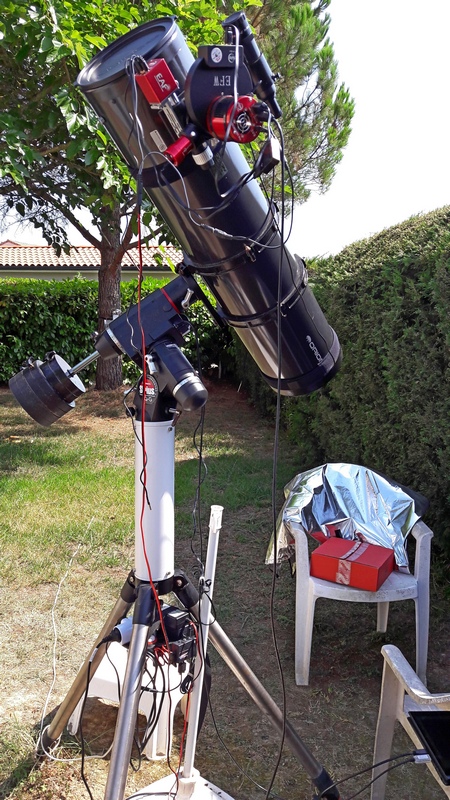
For small objects snapshots (globular clusters, galaxies and planetary nebulae essentially), I use an ORION 203/1000 Newton telescope (F/D=4.9) for which I replaced the original eyepiece holder by a shorter one in order to have a more robust to be able to support the cumulative load of the sensor, the filter wheel and the field corrector. It is also shorter to have the focal point for my sensors.
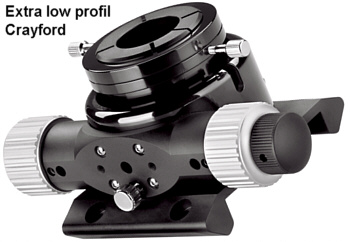
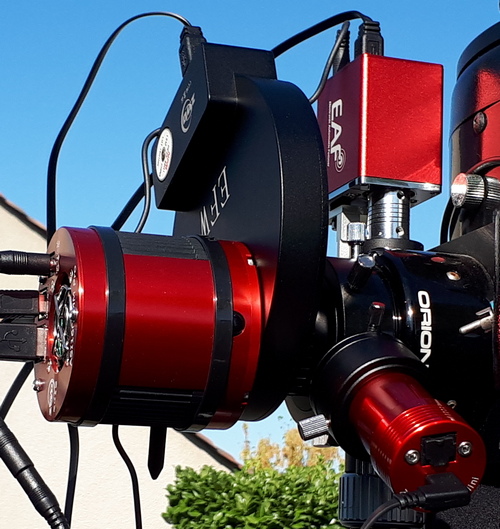
In order to have a fine and precise focusing, I added a focusing stepper motor that allows remote adjustment based on the crags of a bright star.
In order not to add weight to the already limited telescope for astrophoto by avoiding the addition of a refractor for autoguiding, I added an optical divider or "off-axis guide" associated with a mini camera which has the merit to be very light and space-saving for the backfocus.
The payload inserted in the eyepiece holder being relatively heavy, bending of the optical axis is inevitable and I therefore had to add a tilt ring which, once set for tracking to the West, allows to obtain undistorted stars.
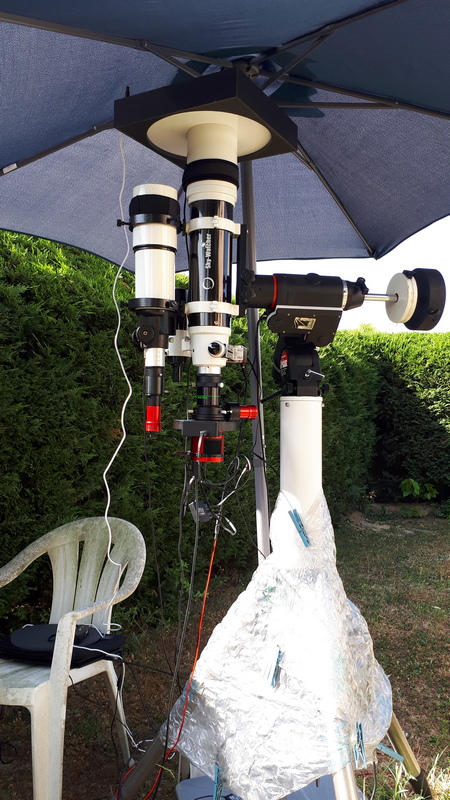
For large field snapshots (essentially large nebulae) and the Sun, I use a Sky Watcher 600/80 mm refractor (F/D=7.5) apochromatic doublet (model 80ED black diamond) which provides a good sharpness for a very good cost ratio.
I use a 400/80 mm tracking refractor mounted in parallel for autoguiding that has the merit of being light and whose field is not too small in order to easily find a guide star.
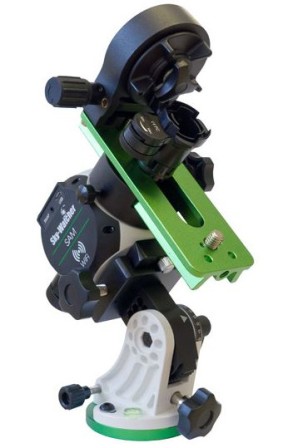
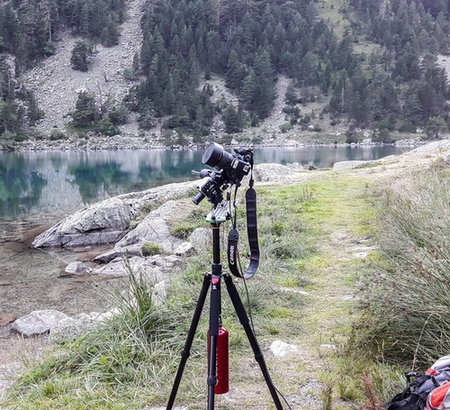
For photos while roaming, I use a travel mount "Star Adventurer Mini" from Sky Watcher that put on a photo tripod and allows sidereal tracking on the Right Ascension axis with a max payload of 3 kg (ideal for a camera + lens).
The advantages of this mount are mainly in the ability to perform the station setting using a polar viewfinder and in direct WiFi control from the smartphone.
It also makes it possible to control the triggering of the snapshots via a dedicated plug towards the camera. In addition, a rotation of the horizontal plane is provided for the realization of timelaps.
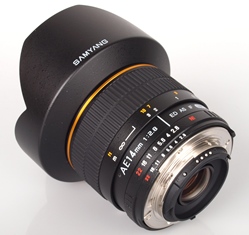
For huge field snapshots (Milky Way essentially), I use a Samyang 14mm lens (F/D=2.8), which offers good quality. This objective does not have an autofocus mode, but it has the great merit of being able to switch over a "EOS CLIP" filter due to the weak length of the interlocking system.
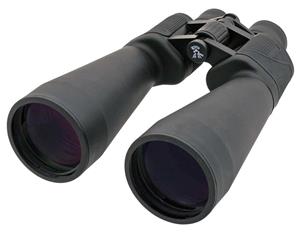
For huge field visual observation, I use a binoculars 15x70mm mounted on camera tripod that can see in "3D".
Sensors
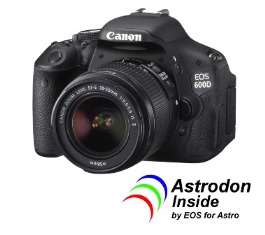
In order to photograph deep sky objects, I use an EOS Canon (model 450D) with a filter removed + new one replaced which it is less restrictive (Astrodon filter installed by the company "Astro for EOS") to better see nebulae that emit in the hydrogen emission spectrale line (red). This sensor has a Bayer matrix for color that is less sensitive than a B & W sensor but is much easier to implement when we start astrophotography (no filter wheel, no cooling problem and less expensive to compare to astronomical CCD cameras) I also can use it for photo by day with a modified white balance (autofocus is still working with astrondon filter).
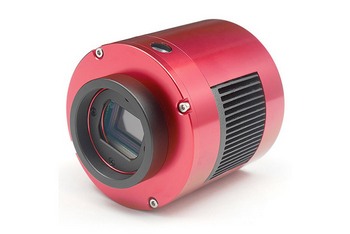
In order to gain in sensitivity especially for images taken with narrow band filters, I opted for the ZWO ASI 1600 MM Pro monochrome camera with a large sensor and cooled (-45 ° C max) to limit noise. I added the kit "Anti-dew heater strip" which is a small heating resistor that attaches to the top of the sensor and avoids condensation due to the very cold temperature of the sensor and the protective glass that is at air temperature.
This camera that uses the USB3 connection also allows to make planetary snapshots due to its high speed.
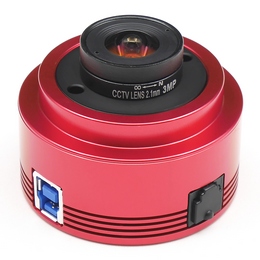
To capture the planets and in addition to the ASI1600MMPro and ASI174MM monochrom cameras, I use a color camera also brand ZWO model ASI290MC which gives good images at a very high frequency (up to 170 fps) with possibility of autoguider (port ST4)
An "IR-Cut" filter is added to this camera to reduce the effects of infrared on planetary captures like the luminous halos around the objects and in the end have a softer image.
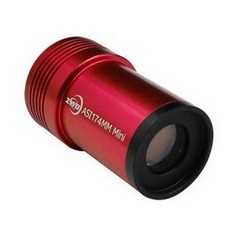
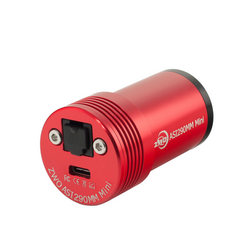
For tracking, I use a monochrom camera very light from ZWO firm model ASI174MM Mini which is very sensitive for my off-axis guide and which allows the binning x2 mode for very faint stars in 16 bits. This camera can also be used to capture planets and the Moon in monochrome because it will be more sensitive than a color camera.
I also use a 2nd ZWO monochrome camera model ASI290MM mini which is a little less sensitive than the previous one but which is well suited for my 80/600 refractor associated with my Canon Reflex and which allows binning x2 for very faint stars.
Correctors
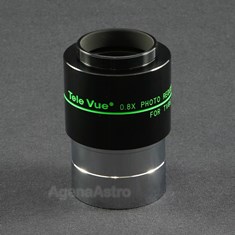
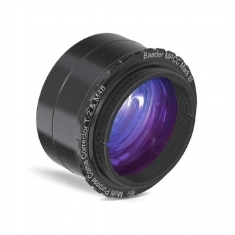
To improve the optical defects, I use 2 field correctors lens :
A coma corrector from Baader (MPCC model) for the Newton telescope with 51mm diameter.
A flat field corrector / reducer from Televue (TV-85 model) for the 80ED refractor with 51mm diameter which allows imaging larger objects due to the 0.8x focal reducer.
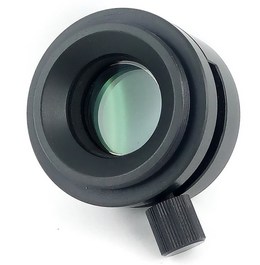
For planetary, and in order to minimize the effects of chromatic dispersion (like a prism) due to the atmosphere, I use a Pierro-Astro model MK3 "ADC" corrector which allows to easily adjust the correction angle as well as the power.
Filtres
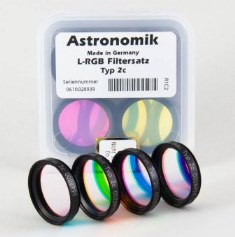
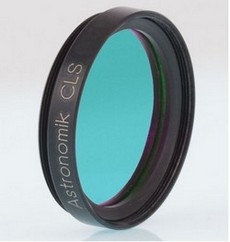
As far as the filters are concerned, there are the four interferential LRGB filters (Astronomik) which make it possible to create color composite images from a monochrome sensor.
The light pollution of my acquisition site being strong, I prefer to use the CLS filter instead of the Luminance filter because it allows to filter it a little on long exposures.
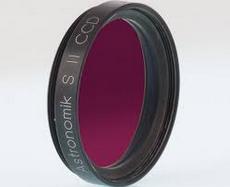
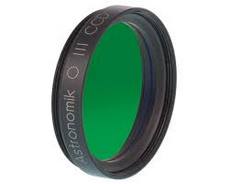
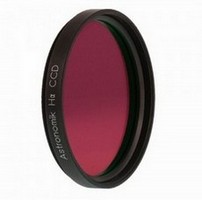
In order to be able to create false-color images called "Hubble color", one finds there the 3 narrow-band filters H-Alpha, OIII and SII in 6 Nm (Astronomik) which make it possible to create composite images "SHO".
The narrow-band filters H-alpha, OIII and SII make it possible to recover only the emission lines in the spectral bands corresponding to alpha hydrogen, oxygen 3 and sodium 2 as well as to cut the lines corresponding to the light pollution (mercury, sodium, ...)
These 8 filters have been voluntarily bought from the same manufacturer with the same diameter in 31.75 mm screwed so that they are parafocal between them, that is to say that the thickness of the filters is the same for all and that the focus made with a filter will be kept with others.
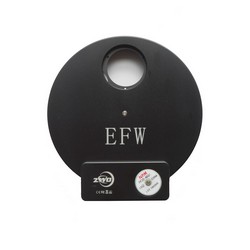
All these filters are housed in a ZWO motorized filter wheel 8 positions that connects directly to the USB2 Hub of the ASI 1600MM Pro camera. This filter wheel has the merit of having a very small width so that the filter is closer to the camera to reduce vignetting.
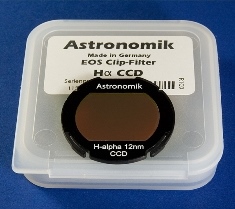
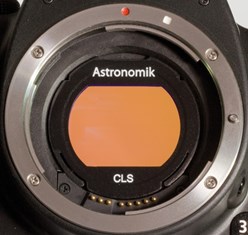
For the Reflex, and before having the monochrome camera ASI1600MM, I also used 3 filters "SHO" type "EOS CLIPS" (Astronomik) respectively named "H-Alpha CCD", "OIII CCD", "SII CCD" in 12 Nm which were clipped directly into the Reflex (These filters have since been sold)
To reduce the light pollution of long exposures, I use the filter "CLS CCD" (the filter "CLS" is recommended compared to the equivalent filter "UHC" because it is less restrictive and allows a color rendering fairer)
In the case of captures without filters with Reflex, I also have a neutral filter that prevents the sensor from recovering all the dust during long exposures.
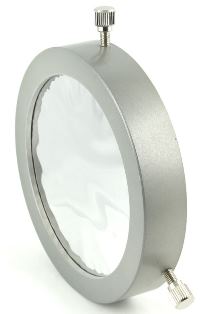
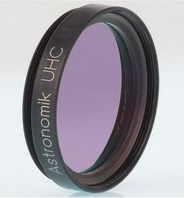

For solar observation, I use a Baader Astrosolar filter mounted in a cache suitable for the 80ED refractor.
Finally, for visual observation, I use a lunar filter and a light pollution UHC filter with 31mm diameter screwing directly on the eyepiece.
Focus
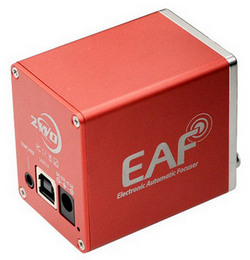
This focuser from ZWO manufacturer, linked with a dedicated application like APT, let us to have a fix focus during all the night thanks to an automatic control taking into account the air temperature variation thanks to the external sensor and the brightness of a choosen star (FWHM).
It is useful for remote control of the station. I use two focusers : one for my telescop and an other for my refractor.
Eyepieces & Barlow lens
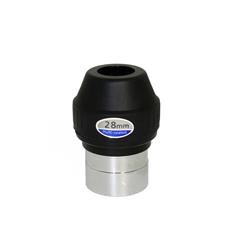
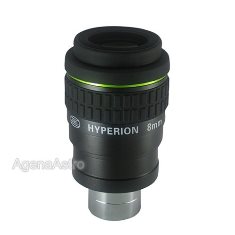
For visual observation, I use 5 eyepieces in 28, 26, 12, 8 and 6 mm with a Baader Hyperion 8mm model (with a 68° field visual comfort) and a Sky Watcher 28mm model in 51mm diameter.
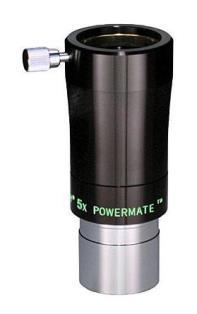
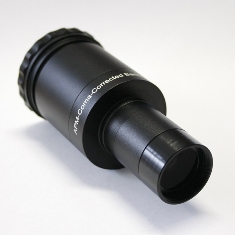
To increase the focale on global, I use 3 Barlow lenses : a standard model in 2x, an APM lens with good quality in 3x and a very good model from Televue in 5x (the 3x Barlow is specific to Newton telescope because the lens directly corrects the coma abberation)
Various
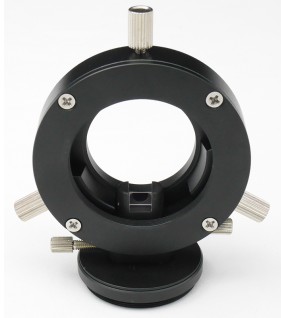
In order to avoid the use of a guide refractor which would increase the weight of the assembly already at the limits, I use an optical divider or "off-axis guide" which allows to return via a prism a little of the field not covered by the imaging camera to a small guide camera.
This divider is very thin which allows not to lengthen the backfocus too much and its lightness associated with the mini camera ASI174MM does not adds additional weight.
Essential to have a precise collimation of the Newton telescope, I use the CATSEYE system in 2" which gives remarkable results:
1 - Centering of the secondary mirror in the eyepiece holder with the TELETUBE tube adjusted to the F/D ratio of the telescope
2 - Setting the secondary mirror using the "INFINITY" eyepiece
3 - Setting the primary mirror using the "BLACKCAT" eyepiece
3 - Iteration of points 2 and 3 until collimation is impeccable
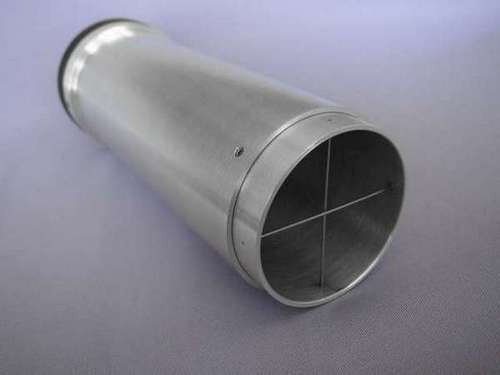
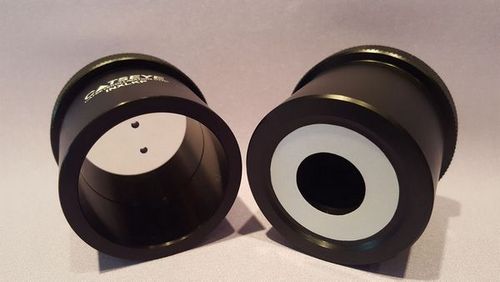
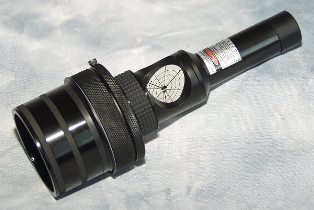
In addition to the CATSEYE system, I use a HOTECH collimation laser which allows a good centering in the ocular door but which remains less precise than the CATSEYE system because the laser will never be perfectly centered in the ocular holder and it not even precisely tuned to its support.
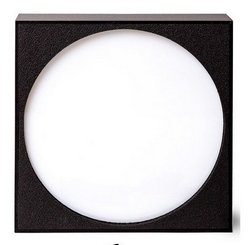
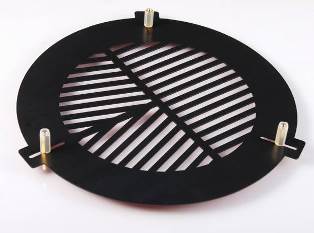
In terms of connectivity, I use an USB / RJ45 interface in order to connect the PC directly to the command port of the mount.
In the various material components, I regulary use Bahtinov masks that accomplish best focus on bright stars.
Very comfortable to perform flats and because I am not very handy, I directly bought a dedicated luminescent panel with a max diameter of 250 mm (brand Lacerta) which is convenient to implement because it can be drive by APT application.
To prevent the dew comming spoil the snapshots, it is imperative to hang heating resistors to the refractors. As I happened to have the frost inside the Newton tube (the 2 mirrors !) during cold winter nights, I also have two heating resistors for the primary and secondary mirrors of the telescope.
